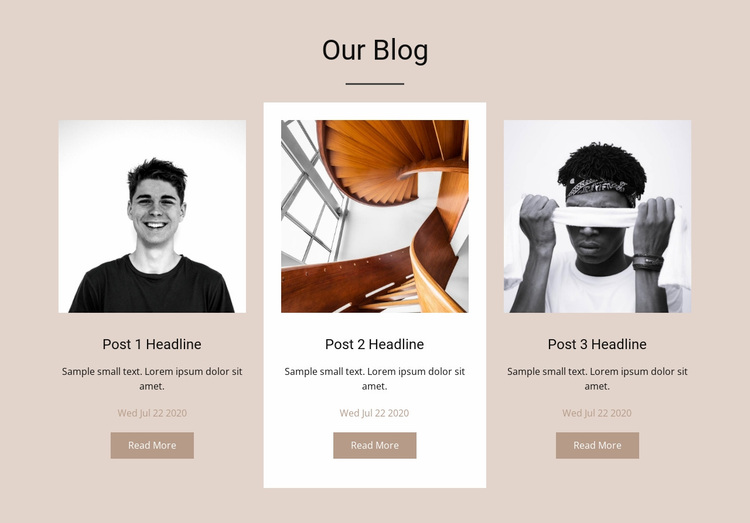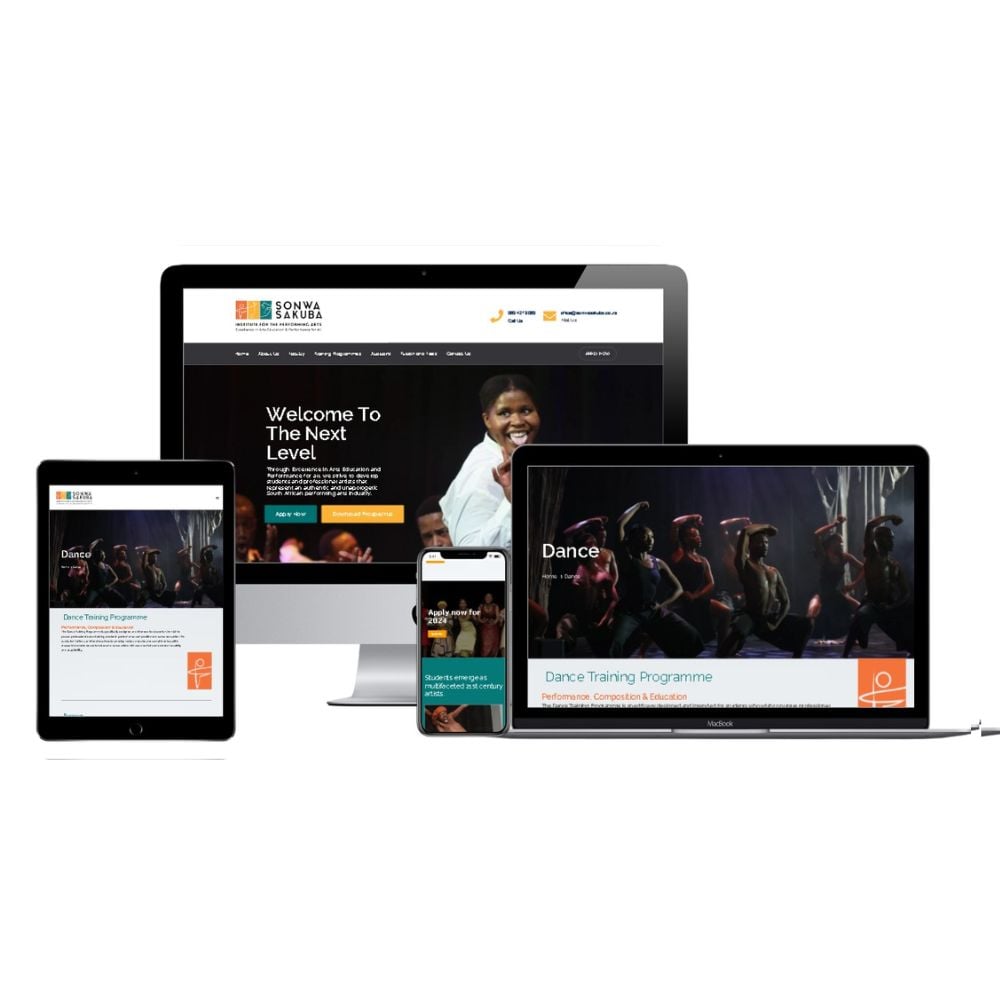Modern Website Design Services with a Focus on Navigation
Modern Website Design Services with a Focus on Navigation
Blog Article
Leading Tips for Creating an Impactful Web Site Style That Converts
In today's digital landscape, the significance of an impactful internet site style can not be overstated, especially when it comes to transforming site visitors into consumers. To attain this, one need to consider a range of aspects, consisting of comprehending the target market, prioritizing individual experience, and optimizing for mobile systems. In addition, the strategic use engaging call-to-actions and a distinct aesthetic power structure plays an important function in assisting users through their trip. As we explore these crucial aspects, it comes to be obvious that the success of your internet site depends upon even more than just aesthetic appeal; it requires a thoughtful method to layout and functionality.

Understand Your Target Target Market
Understanding your target audience is fundamental to effective site design, as it prepares for creating an engaging customer experience. Determining that your individuals are, including their demographics, preferences, and habits, makes it possible for designers to customize the website's material, format, and performance to satisfy particular demands.
Carrying out detailed market study is essential in this procedure. Studies, meetings, and analytics can give useful insights into customer expectations and discomfort factors. By assembling this data, developers can develop individual characters that stand for various sections of the audience, making sure that layout decisions are notified and appropriate.
Furthermore, comprehending the target audience aids in selecting proper style aspects such as color plans, typography, and images that reverberate with individuals. A website that talks straight to its audience cultivates a feeling of link and trust, urging longer visits and greater conversion prices.
Inevitably, a user-centered method to site style not only boosts customer complete satisfaction however also supports organization purposes by driving involvement and loyalty. By prioritizing the demands and choices of the target market, a website can successfully serve its purpose and achieve wanted outcomes.
Prioritize Customer Experience
To enhance the general efficiency of a web site, prioritizing individual experience (UX) is essential (Website Design). A properly designed UX ensures that visitors can navigate the website easily, locate information promptly, and engage with content meaningfully. This leads to boosted individual fulfillment and higher conversion prices
Begin by applying instinctive navigating. Menus ought to be logically structured, enabling customers to situate crucial locations of the website with minimal initiative. Consistency in design aspects, such as color systems and fonts, promotes knowledge, which is essential for keeping user involvement.
Additionally, consider the filling speed of your web site. A delay of just a couple of seconds can cause significant drop-offs, as individuals are much less most likely to wait for a slow-loading web page. Enhancing pictures and maximizing code can improve performance and retain visitors.
By focusing on customer experience, you not only produce an extra delightful atmosphere for site visitors yet also strengthen your brand name's credibility. Ultimately, an emphasis on UX is a financial investment in the long-term success of your web site.
Maximize for Mobile Devices
Optimizing for mobile devices is essential in today's electronic landscape, where an increasing number of individuals access internet sites via smart devices and tablet computers. A mobile-friendly layout not just enhances customer experience however also plays a substantial duty in improving online search engine positions. To attain this, it is crucial to embrace a responsive design that immediately adapts to various display dimensions and positionings.

Loading speed is another important aspect; mobile customers are usually much less client and expect rapid accessibility to details. Enhance images and utilize internet browser caching to boost performance. Examination your website on multiple devices and display resolutions to determine and remedy any kind of prospective use issues. By prioritizing mobile optimization, you ensure that your web site continues to be competitive and successfully involves a broader audience.
Use Engaging Call-to-Actions
A web site's effectiveness frequently hinges on its ability to direct visitors toward wanted activities, making compelling call-to-actions (CTAs) essential parts of design. CTAs work as the pivotal factors that route individuals to involve with the website, whether that implies making an acquisition, signing up for an e-newsletter, or downloading and install a source.
To produce efficient CTAs, clearness is vital. Use concise language that clearly interacts the activity you want the customer to take.
In addition, consider using directional hints, such as arrowheads or pictures, to lead customers towards these buttons. By concentrating on these components, services can dramatically improve customer engagement, driving conversions and eventually accomplishing their website's objectives.
Emphasis on Visual Hierarchy
Efficient site design depends heavily on a well-structured visual hierarchy that guides users through content seamlessly. By arranging components in a way that prioritizes information, designers can boost individual experience and help with decision-making. This includes using dimension, color, contrast, read this article and spacing purposefully to accentuate the most essential parts of a web page.
The usage of bigger font styles for headings and subheadings develops a clear difference between different areas, allowing users to scan material easily. Furthermore, utilizing contrasting shades for switches and calls-to-action can capture individual interest and encourage interaction. Whitespace is an additional Source vital element; it protects against clutter and makes it possible for customers to concentrate on essential messages without distractions.
Photos and graphics ought to match the text while likewise adhering to the well established hierarchy, reinforcing the total message (Website Design). Uniformity in layout elements, such as color pattern and typography, more reinforces the visual power structure, making navigating intuitive

Verdict
Finally, effective internet site style demands an extensive understanding of the target market, prioritization of user experience, and mobile optimization. The tactical use of compelling call-to-actions and a well-defined visual pecking order additionally improves user engagement. By implementing these concepts, websites can achieve higher conversion prices, ensuring that design components not only bring in site visitors yet also promote seamless navigation and interaction. Eventually, a well-executed web site style functions as a vital component in driving user activities and attaining service objectives.
Report this page